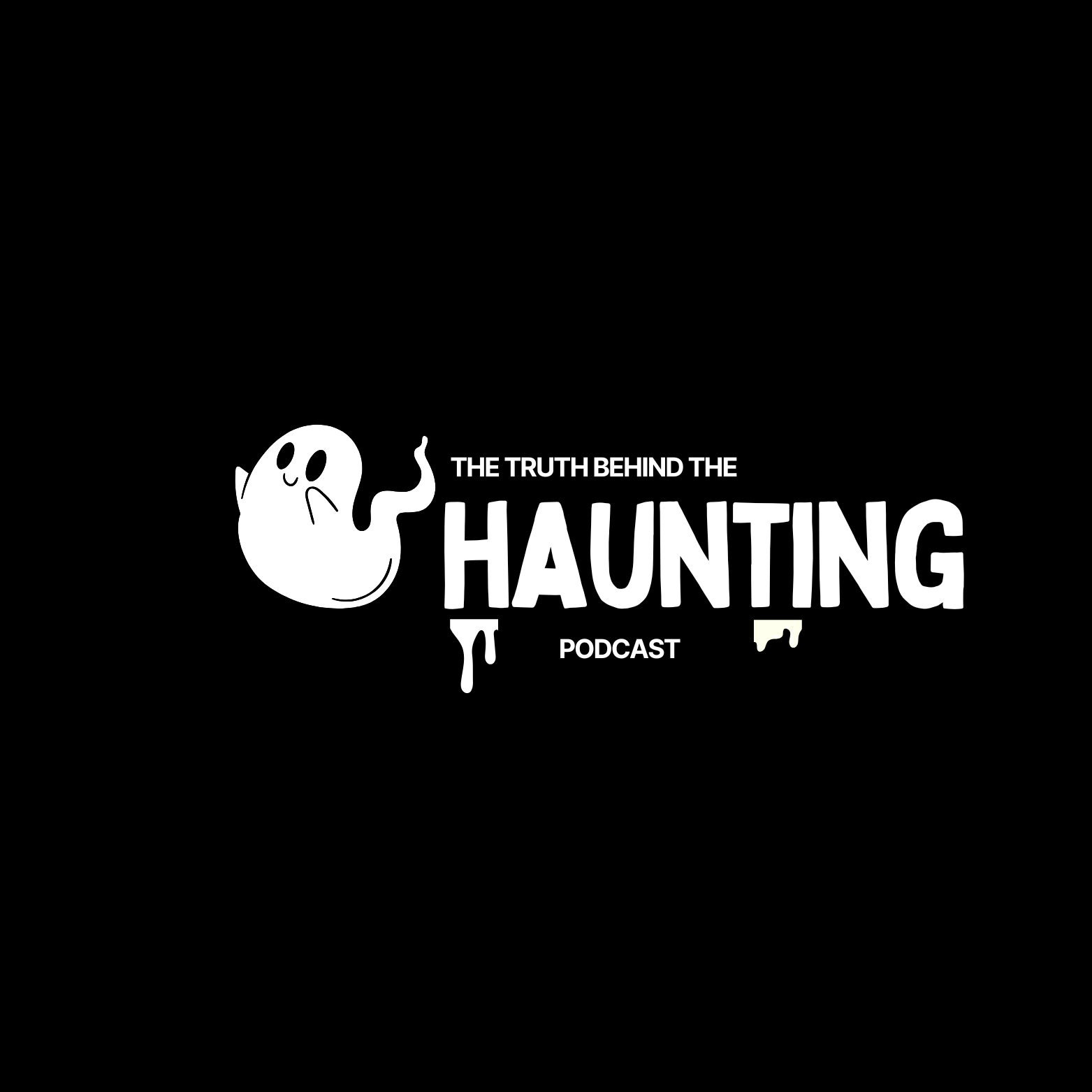New paragraph
US Paranormal Reportings
The Indianapolis Poltergeist: Clattering Glass, Bite Marks & a Mystery That Divided a Family

In March 1962, a quiet neighborhood at 2910 North Delaware Street in Indianapolis became the unlikely epicenter of a terrifying poltergeist case, thrusting three generations of women into a world of unexplained violence, fear, and skepticism.
The Beck Household
Renate Beck (32), a divorcee from Vienna, California
Lina Gemmecke (61), her widowed mother
Linda (13), Renate’s reserved daughter
Tensions were high between Renate and her mother, often erupting into loud conflicts an emotional backdrop ripe for poltergeist flare-ups.
The First Violent Manifestations
On 11 March 1962, madness began startlingly:
- A beer mug rose on its own, sailing behind a plant pot
- A crystal ornament shattered across the room
- Cups and ashtrays hurled themselves through the air
- Windows reverberated with the impact
The terrified trio fled to a hotel, but upon return, the chaos resumed with unrivaled intensity and the police were summoned.
Police & Paranormal Encounters
Officers like Patton and Sergeant Mullin arrived to witness flying objects firsthand including glass striking Patton in the back with enough force to leave bruises. A self-described paranormal investigator also claimed to be struck by an invisible projectile during the investigation .
Unexplained Dermal Incidents
In a chilling twist, bite-like puncture wounds reminiscent of bat bites appeared across arms, necks, and knees of both Renate and Lina (and reportedly the daughter), with victims feeling sudden stings moments before discovering the marks.
Escalation, Arrest & Resolution
By 22 March, over 110 incidents had occurred: 76 object movements, 14 puncture events, and 25 periods of violent knocking or noise. Objects smashed, mirrors were shattered, and walls bore dents where unknown forces struck. Then, in a dramatic twist, Mrs. Gemmecke was seen throwing a glass and overturning furniture she was arrested for disorderly conduct.
A judge “offered to waive a psychiatric exam” if she returned to Germany, a deal she accepted, and once she left, the disturbances abruptly ended.
Investigations & Theories
Police View:
Activity ceased when Mrs. Gemmecke was removed suggesting a hoax or psychological trigger .
Paranormal Angle: The bruising of officers and unexplained bite marks challenged mundane explanations .
Psychological Theory: Tensions and emotional stress, common in poltergeist cases point to a subconscious trigger, often in adolescents, though Linda was seldom present during events; attention fell on Renate.
Legacy & Global Context
This case mirrors many poltergeist cases worldwide where family discord creates fertile ground for unexplained phenomena—and often diminishes when the central figure is removed. Psychical researchers like Nandor Fodor described such episodes as expressions of "projected repressions".
Witness Voices
Paranormal investigator Emil Noseda claimed that some events occurred when Mrs. Gemmecke wasn’t present, suggesting something beyond human orchestration.
Final Thoughts
The Indianapolis Poltergeist remains a perplexing chapter in paranormal history, a whirlwind of haunting and heartbreak. Was it a supernatural force sparked by emotional tension, a psychological episode in disguise, or a hoax with shocking physical consequences? The truth may lie somewhere in between. But one thing is clear: for two terrifying weeks, the Beck home stood at the center of a mystery that would defy investigators and haunt Indianapolis history.
Would you believe the bite marks, or side with the skeptical police psychologist? The bones of this case still echo… or is that just broken glass?

